Digital transformation and Machine Learning technologies enable automation, which is actively used in the car insurance industry. It allows a quick assessment of any damages, improves management, cuts employee expenses, and streamlines overall service quality.
Here, we outline and analyse the key reasons behind adopting automation in car insurance and damage evaluation domains. Also, we explore how AI-powered automation technologies can address specific tasks and challenges within these fields. Whether improving your current product with cutting-edge AI technology, tailoring your service to be more individualised, or initiating a comparable venture from the ground up, you will find the insights to be of significant benefit.
The article was written with the participation of an expert from a Solution Group, Max Galaktionov, who has 15 years of expertise in e-commerce, social networks, CRM, ERP, fintech, and Cloud solutions.
Digital transformation in the car insurance field: general overview
Car insurers need to perform many daily operations, including validation, data processing, management, and storing of huge volumes of data generated by different parties. Moreover, the variety of cars and the number of insurance claims increase, and car rental services have to adjust their calculations accordingly.
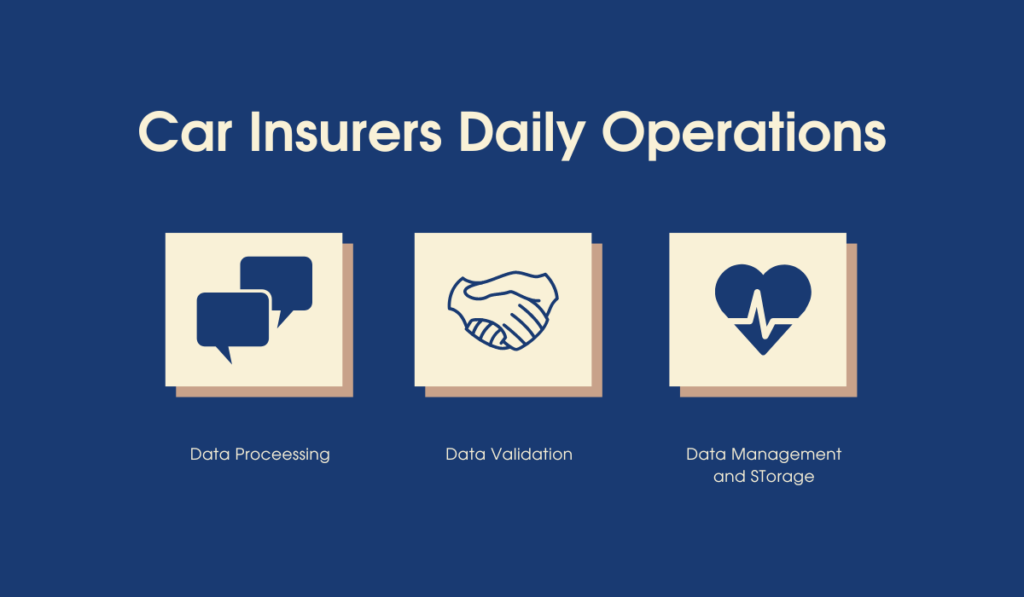
Automated AI-powered assessment of damages
The insurance sector has to stick to strict regulations, which sometimes cause delays in obtaining insurance for its customers. McKinsey estimates that AI investments could cost insurers as much as $1.3 trillion annually. However, the losses caused by fraud and inaccurate assessment considerably exceed this sum.
The process of analysis of insurance claims is often delayed because the inspection involves human intervention. AI-powered technologies facilitate the detection and monitoring of automatic car repair with the possibility of manual intervention.
The main challenges for car insurers
- Processing of big volumes of data. They need to be able to quickly assess and analyse data from various sources and provide exact estimations.
- Provide accurate assessment of possible damages. It also requires analysing and estimating health damage, medical services, etc. Inaccurate and delayed estimates will spoil customer relations and the company’s reputation.
- Handle IoT-connected car data. Nowadays, roads are filled with cars equipped with IoT sensors. These vehicles generate big amounts of data daily that require proper data processing. AI technologies help to cope with the analysis of generated data.
- Driver behaviour monitoring. Solutions powered by Machine Learning help in monitoring drivers’ behaviours. Thus, you pay the way you drive.
- Lower cases handling expenses. Automation of request management allows employees to focus on more complex cases while generating automatic responses.
Why do insurance agencies need AI-powered solutions?
Automation of daily operations, lower expenses, and data-driven decision-making are among the key factors why businesses are actively implementing Machine Learning models and AI technologies.
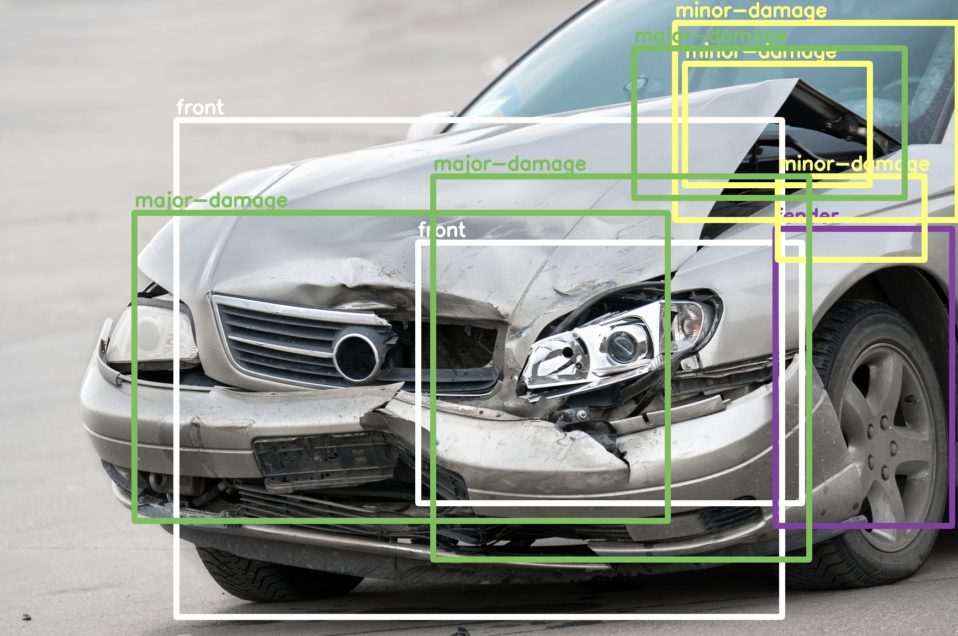
AI-powered solutions enable more efficient insurance claim management, lower expenses, increase the quality of service, and enhance customer experience.
- Outstanding data capabilities
It is possible to train Machine Learning models in accordance with your needs. Based on exact data analysis, insurance agencies can conduct better risk assessments, provide accurate calculations, offer personalised customer experience, and assist in better detection of fraudulent cases.
- Expanded range of services
AI significantly expands possibilities and enables the expansion of the variety of services. It allows companies to offer personalised quotes for their customers, covering adjusted prices based on the owner’s driving patterns, speed patterns, traffic environment, and the number of miles driven.
- Off-site vehicle analysis
Car insurers can evaluate the vehicle conditions strictly based on gathered and processed data generated by internal car sensors. It also allows analysing damage based on video and image processing taken from inside or outside cameras or smartphone-made videos.
- Simulation of automobile accidents
Based on the sensor, camera-generated data, and AI-powered detection of any vehicle damages, it has become possible to speed up the incident investigation process. Moreover, having the exact timeline details, it has become possible to recreate the incident entirely.
- Service personalisation
A recently emerged user-based insurance approach relies on user behavioural patterns and enables more personalised claims processing. The policy may depend on the distance driven or the cost adjusted to the driving patterns.
Insurance agencies can assess the damages remotely with the help of AI-based vehicle damage identification. It allows for quicker processing of insurance claims since experts can get instant reports on damages and estimate repair costs within the shortest period.
AI-powered detection of vehicle damages
The assessment of possible damages is a set of tools and processes that allows companies to provide users with automatic vehicle analysis of damage levels. It’s important because now it is possible to get damage reports and cost estimation for further repair in minutes without waiting for an inspector.
In general, damage assessment includes the following steps:
- Vehicle model recognition;
- Location of damaged component and damage severity;
- Repairs estimation based on gathered data.
Modern technologies allow the use of AI/ML with features such as Computer Visual Intelligence, Deep Learning, and Instance Segmentation to provide services with high accuracy and a fast response rate to achieve desired goals.
Data processing
The detection and in-depth analysis of vehicle damages have become possible thanks to proper training data and the installation of the necessary Machine Learning algorithms. The processing of each insurance claim presupposes the following steps:
- Process the user’s image of the damaged vehicle;
- Analyse car model;
- Analyse car angle;
- Locate damaged car parts;
- Analyse component damage severity;
- Prepare report.
Possibilities of AI-powered detection of any damages in cars
The most common approach is to build up a system as a set of layers or gates. On each layer, the users’ photos of damaged vehicles will be processed and analysed with AI-based tools, which are the most reliable for a specific goal. Such layered architecture allows us to learn and classify data with the best AI model prepared for the exact purpose of the layer.
For example, when it is needed to understand at what angle a car was hit, one will use the model specifically trained on a dataset of millions of different vehicles from different angles.
How AI secures more client-based services with better options for business
License plate recognition
This process uses OCR tools, like Tesseract and OpenCV, to make vehicle damage detection and recognition more accurate.
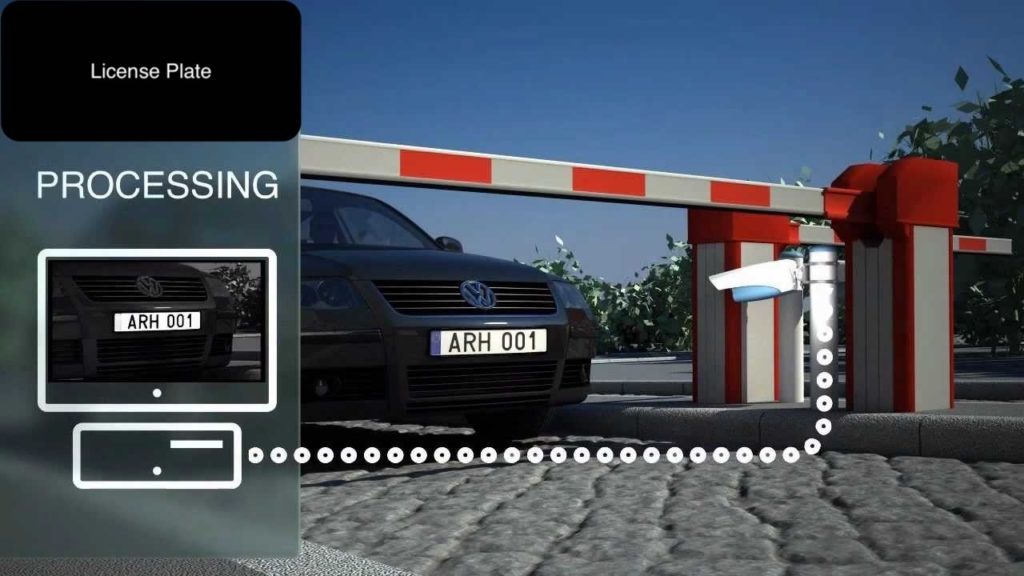
Damage severity location
Generally, service allows quick understanding and assessment of the damage’s level and location. It also allows for detecting whether the car is damaged as a result of a car incident or is simply dirty.
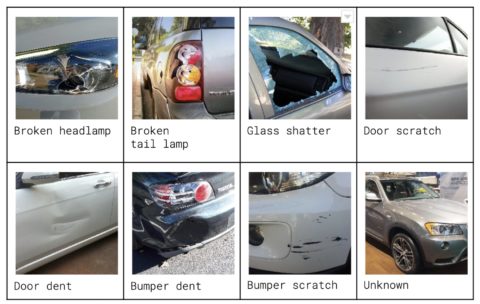
Car colour identification
Detection service that can be helpful in selecting the correct paint colour for repair estimation.
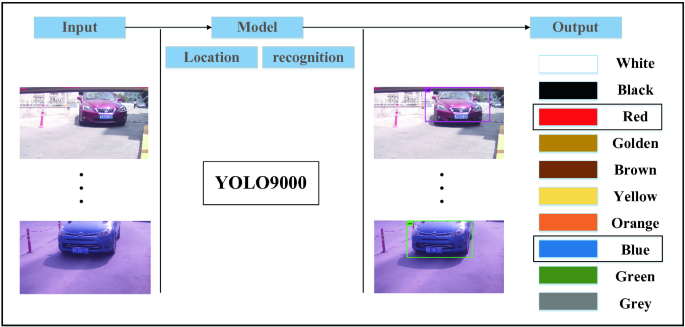
Fake image detection
This service may be helpful in preventing fraud by understanding whether the image was modified or not.
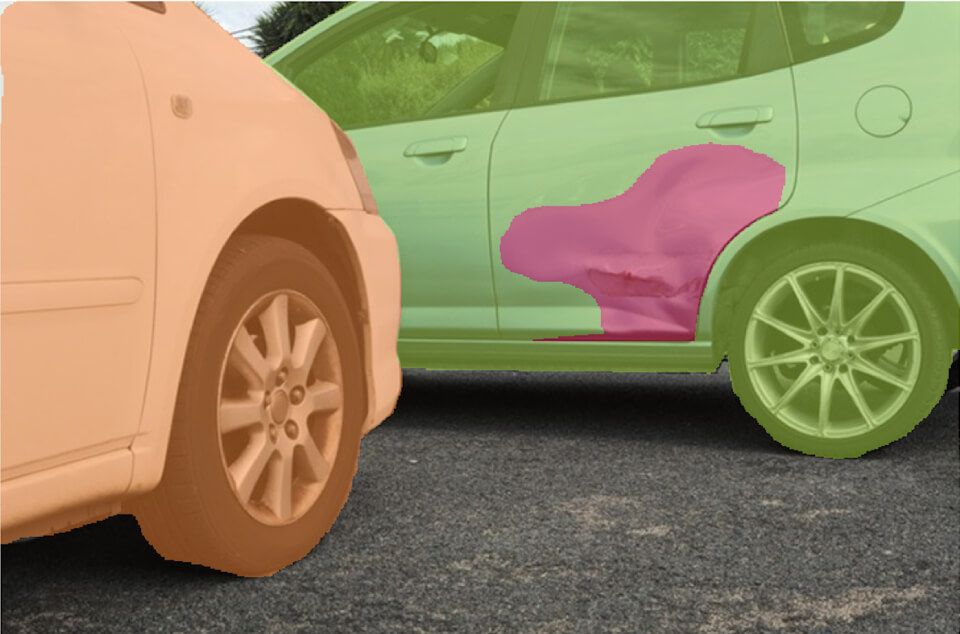
Car model recognition
Helpful service to analyse damaged components and overall repair cost.
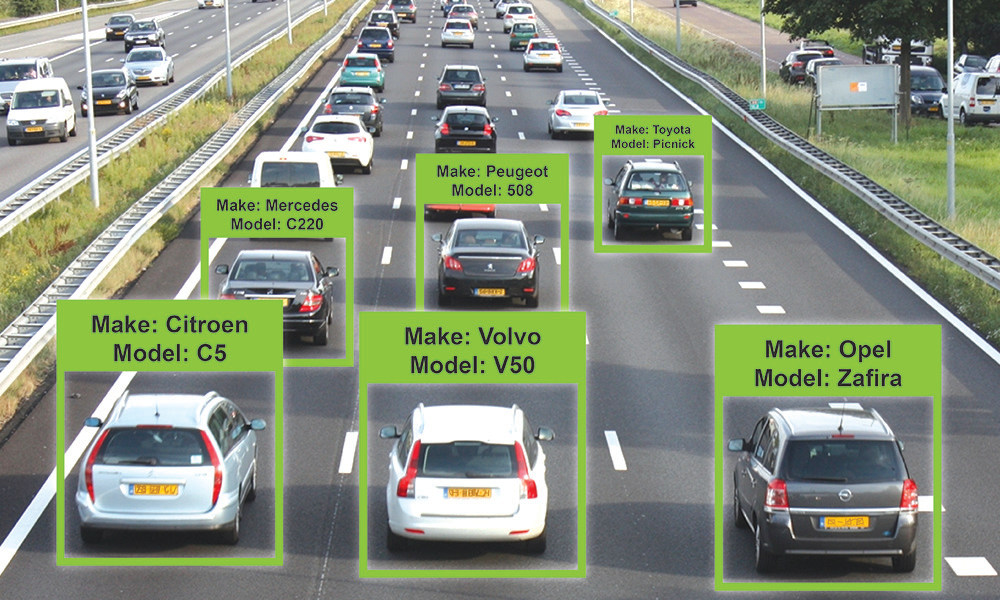
Damaged parts of the vehicle
A service based on the Computer Vision technique allows for predicting the level of damage on certain car parts to prepare repair reports.
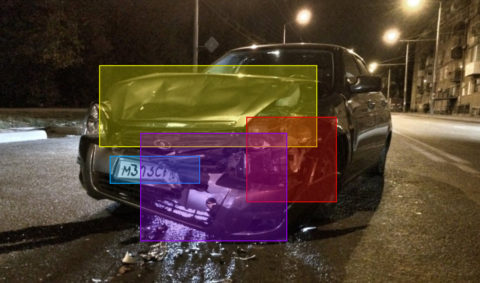
Segmentation of damaged car parts
The service uses Computer Vision to define the damaged area.
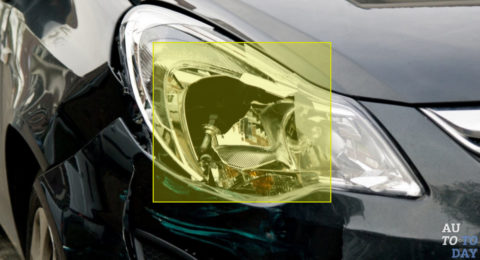
Cloud-based solutions
It is a good practice to place AI-based and image recognition systems in clouds, providing customers with Software as a Service and enabling your business to evolve and grow rapidly. It allows you to save costs by running services from time to time (like when you need to retrain your models on a new dataset or run recognition service on-demand only) unlike your servers, you have to pay for electricity and support all the time.
There is a huge variety of fine-tuned services for specific goals (like AI training, dataset storage, or providing user interface) on most cloud providers, such as Amazon, Microsoft, Google, etc.
AI enables an analysis of each user`s activities and needs to provide personalised functionality for each of your customers. Additionally, AI and Machine Learning check the interaction with your SaaS solution and can predict future steps or behaviour of your users.
With the help of open API, you can integrate your SaaS app with the APIs required by your unique company needs in order to enhance business productivity. Actually, it splits your SaaS solution into different parts of the functionality, and each user can choose which parts correspond to the needs of their organisation more.
Challenges faced while building the AI-powered solution for the assessment of damaged vehicles
As is often the case, companies face several challenges while building and integrating AI-powered solutions for the assessment of damages:
- Training data
Primarily, you need to focus on building the right dataset to train the AI algorithms since there are no publicly available datasets of damaged vehicles. Thus, the company needs to build its own data set, including various damaged parts types and details.
- Choice of the right architecture
To ensure the maximum accuracy of data assessment, such solutions need to process huge amounts of data daily. Storing, training, and deploying such heavy datasets over the Cloud would require choosing the right architecture.
- Data security
As a rule, AI-powered solutions for the assessment of vehicle damage are running in the cloud, thus generating huge amounts of sensitive data. You need to consider all risks and choose heavily structured frameworks to ensure customer data security.
- Need for human involvement
Although the process could be automated, it still needs human involvement to detect and avoid fraudulent insurance cases.
How to build custom software to assess the damage levels
ML models should be properly trained to identify and evaluate the relevant damages. Here are the steps you should follow to properly process and structure the data so that the system can recognize it:
- Gather data
Gather data
Gather and organise many photos and videos to train your ML models properly. - Data licensing
The next step requires licensing of the gathered dataset to enable the accurate estimation of the data damage. - Data annotation
After the data is collected and licensed, you need to be able to assess actual damages accurately. Data annotators will help annotate scratches, dents, and dings on various vehicle parts. - Data segmentation
Once the data is annotated, it should be properly segmented and classified.
The right team to build you a custom solution
When gathering a team to build a service for AI-powered recognition of damaged vehicle parts, you have to keep in mind that you require ML specialists who will be responsible for rebuilding service and models based on user feedback to keep your system in the best condition.
Why Altamira team is the best choice for you
Understanding the challenges and pitfalls of implementing AI-based solutions, our experts will help cope with vast amounts of data and guarantee smooth implementation of the solution. Our team will help you properly choose the relevant tech stack while ensuring absolute data security.
Custom solutions built by our team definitely guarantee the following:
- Compatibility and scalability: solutions built by our team could be easily integrated into the current business flow. Moreover, the solution could be easily scaled in case of growing business needs.
- Transparency: customer can take part in any processes related to the development, we guarantee no hidden costs and unplanned expenses
- Fast time to market: we release the product as soon as it is possible, allowing you to test it and assess its efficiency, thus saving you time and money and giving you a competitive advantage
- Security: data security is a priority for us. Thus, our QA team actively uses various types of testing from the preliminary stages of development, including backup testing, guaranteeing sensitive data security. Additional components such as multi-factor fraud detection and in-time risk detection enable you to save time and your positive reputation.
- Business performance boost: insurance companies will benefit by transforming the claim value chain. Our custom-built software will speed up time-consuming claim settlements and improve customer experience.
Altamira team will provide the best specialists for your project, offering flexible cooperation models and the highest quality of services. You may choose the one that best suits your budget and business needs, including a dedicated team model and outstaffing.
Our experts have advanced experience in building AI solutions and are aware of all industry business needs and requirements being able to impress you with a high quality of service.
To sum up
Digitalisation of the car insurance business accelerates claims and reduces budget loss. Innovative solutions designed for faster claim processing aren’t just for customers. They also aim to reduce processing costs for insurers, reduce human error, and automatise the process, speeding up the service and making it more personalised.
Artificial intelligence helps insurance agencies to evaluate risks, prevent fraud, and reduce human mistakes. It gives insurers an advantage in offering customers plans that best fit their needs. Customers benefit from streamlined customer service as well as claim processing provided by AI.






